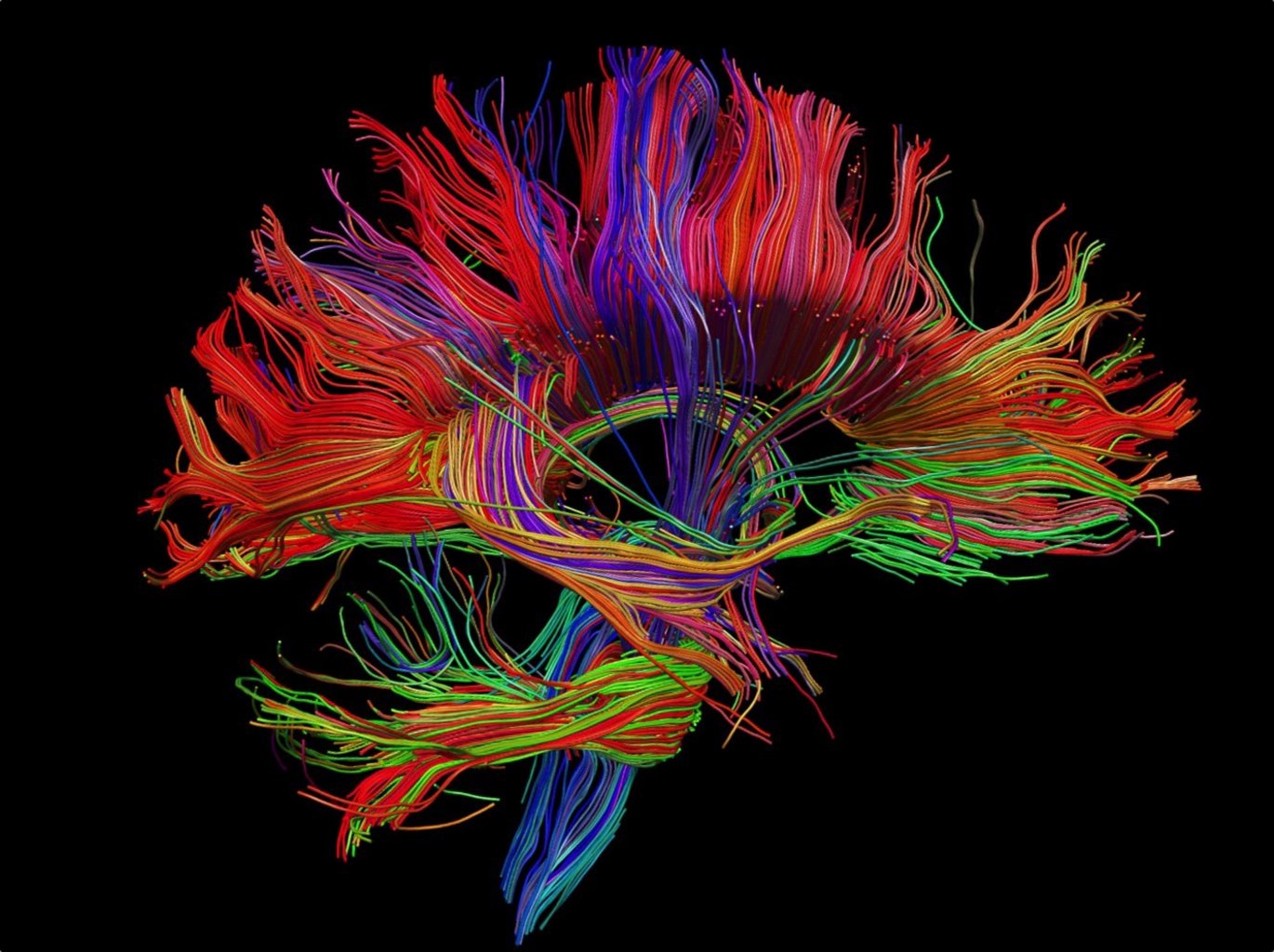Studenterkollokvium, Adrià Bravo Vidal

Oplysninger om arrangementet
Tidspunkt
Sted
Fys. Aud.
Supervisor: Sune Jespersen
Title: On the physics research of the brain: The Human Connectome and Brain Structure
The human connectome is defined as the structural description of the network of elements and connections forming the human brain. The aim of this talk is to develop the concept of human connectome, remarking the relationship between brain structure and function. We will overview the most used technique in recent research to track the connections between regions of the brain (diffusion MRI) and will introduce the use of graph theory to represent and better understand this data. The brain structure inferred from its obtained complex network will be then analyzed, highlighting features and paying attention to the way the brain economizes its wiring.
The human brain is sometimes referred to as the most complex object in the universe. It controls most of the activities that takes place in the body, processing, integrating, and coordinating the information it receives from the sense organs, and making decisions as to the instructions sent to the rest of the body. Humans think and experience emotions with their brain, and it is the root of human intelligence.
Recent estimations say that the brain is composed by 1011 neurons and 1015 connections between them. Neurons are electrically excitable cells that communicate with other cells via specialized connections called synapsis. Because of this neurons’ communication aimed nature, they can be considered as the process units of the brain: they receive information, process it, and send or not a message to the units they are attached to. Thus, if we wish to understand what a group of N neurons does a first step is to know how every neuron is connected to the others. We can mathematically describe this dynamical system using a graph, a mathematical object composed by a set of N nodes and a set of K links that indicate us which nodes are connected between each others. It is often useful to consider a matrixial representation of a graph. We can assign an index i to each neuron (node) and generate a NxN matrix a whose entry Aij is equal to 1 when the synapsis connection (link) between the neuron i and j exists and zero otherwise. Through this model, one can infer global properties of the group of neurons system, such as for instance, the global efficiency (an indicator of how fast the information is spread through the graph).
If we now extend the former discussion and consider the complex network of the N connected neurons that compound the brain and their respective K links, one will have a picture of the human connectome, which is defined as the structural descriptions of the network of elements and connections forming the human brain. Understanding how the brain is connected is critically important for how neural elements exchange signals and influence each other dynamically, how they encode statistical regularities present in the sensory environment, coordinate movement and behavior, retain traces of the past and predict future outcomes. To sum up, knowing the structure of the brain is the first step towards understanding all aspects of the human brain’s integrative function.
However, human brain connections remain largely unknown. Seeking to map the 1015 connections that the 1011 neurons that compose the brain hold is not reachable with the current available technology but may be unnecessary. To obtain a first human connectome draft with interesting implications it may be enough to study the human brain at the macroscale. At this scale, we will consider that the nodes of the brain complex network correspond to regions of gray matter of the brain (mainly composed by the bodies of the neurons) and that its links correspond to axon bundles found in white matter, which connect regions of the brain. By means of this model, our complex network will be composed by 105 nodes and 107 links which can be traced, not without difficulties, with current technology.
Lots of efforts are being made to explore the human connectome at the macroscale. The partition of the gray matter into nodes is done using atlas that contain regions that are anatomically and behaviorally similar. To track the axon bundles across the white matter, diffusion MRI techniques are being used to see from which node they depart and to which node they arrive. Diffusion MRI is a technique that is sensitive to the diffusion of water and using that, can infer the directionality of the axon bundles in the white matter for each studied voxel. Tracking different voxels using a technique called tractography, the position of the axon’s bundles can be inferred, and thus one can know which regions of the brain are connected through those axons.
This information can be used to model the brain as a complex network. Once this is done, a lot of useful and interesting information can be inferred from the connectivity matrix. Our brain has, topologically speaking, high global efficiency and high clustering coefficient, which allows it to be quickly connected as a whole when necessary and allows it to have highly segregated communities of nodes where the information is specialized
